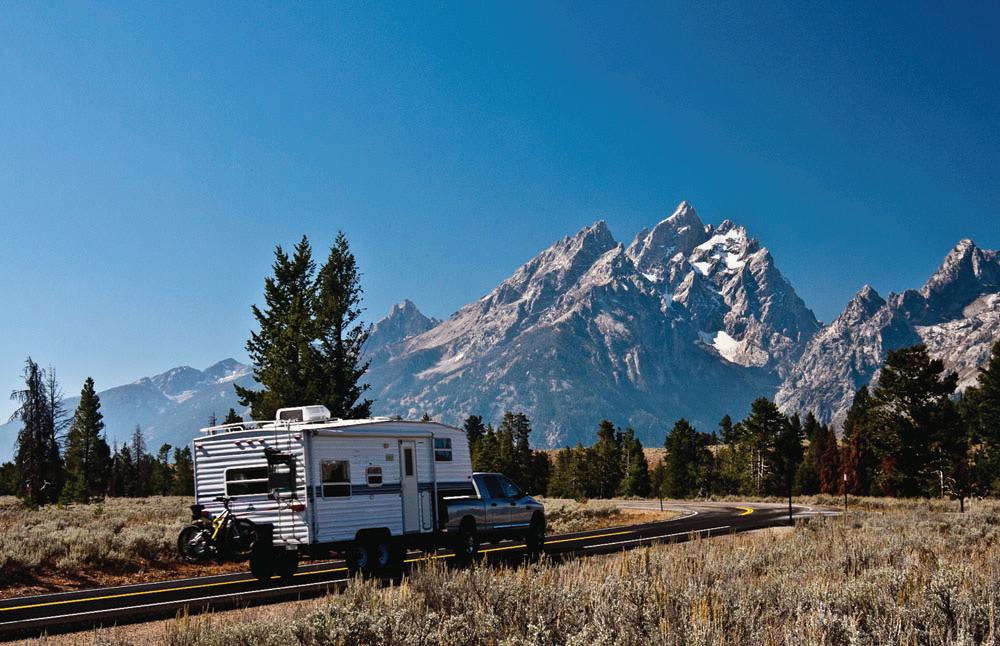
2 minute read
WHAT TO WEAR
Greenshoot Media
Being outside means dealing with the elements, so gear up
You’ll need the right kind of clothing, footwear and accessories when hunting, fishing and camping — and oftentimes the requirements are sportor season-specific. But certain rules apply across every situation, if only because you’re likely to get wet, dirty, hot or cold simply from being outside.
The best outerwear is constructed to protect you from these natural elements, while also offering a free range of motion and needed ventilation. Here’s a look.
Changing Materials
Decades ago, the average allweathergearwasmadewithpolyvinyl chloride or some similar kind of plastic material. PVC gear is still favored by anglers, because its slick surface makes it easy to clean – and it’s priced a little lower. But these days, most non-fishing outerwear boasts more breathable polyester- or nylon-based fabrics that have various waterproof coatings. Campers, hunters and other outdoorsy types should go with PVC-based fabrics when looking for waterproof protection when it gets stormy, in particular those with heat-
How It Works
Breathable fabrics allow air to pass through without letting in rain or snow. In this way, moisture is transferred to the outside of the clothing, rather than getting trapped inside against your body.Themosteffectiveversionsallow you to avoid feeling clammy, hot, cold or sticky when you’re out and about. You’ll be more comfortable in the cold, and drier in warmer climates.
Other Accessories
Depending on where you’re headed, you might need vests with pockets, jackets with removable liners for fishing, or special boots for hiking in rugged conditions. Stash stoves are all the rage, and there are as many backpack options are there are hills to climb. Don’t forget foldable chairs and flashlights.
After Dark
Don’t forget to gear up for bedtime, too. There’s a woodsy nostalgia associated with any campsite, but you’ll still need a good night’s sleep — andthatonceagainrequiresinsulation, soft comfort and ventilation. Seek out premium pads that offer plenty of all three, and sleeping bags designed to guard against the elements. Solo hikers might need nothing more than a pup tent, while a group of hunters might opt for larger, more tricked-out versions. Depending on the season or climate, a local outdoor goods dealer may have specific recommendations on what works best.
A little research can ensure everything lives up to expectations
Fly-fishing trips don’t just happen. Before a lure ever hits the water, you’ll have to become an instant expert on your destination’s species, weather, terrain and catch laws. You’ll save time, money and lots of headaches by learning as much as you can in advance.

Know The Fish
Be aware that the species you’re hoping to catch might not be available. Lodges tend to list all of the fish which may be caught in the area over the course of an entire year. But you may be looking for trout when they’re not in ample supply because it’s the off-season. So, in order to avoid a very unpleasant surprise, call ahead to find out more from the lodge personnel, local pros or someone from an area sporting goods store. If you’re specific enough in what you’re looking to catch, a calendar change for your trip may be in order.
Know The Spot
Not all lodges are alike. Your research should include their website and independent review sites. Request a list of references to find out more through conversations with others who have stayed there. Ask the staff





